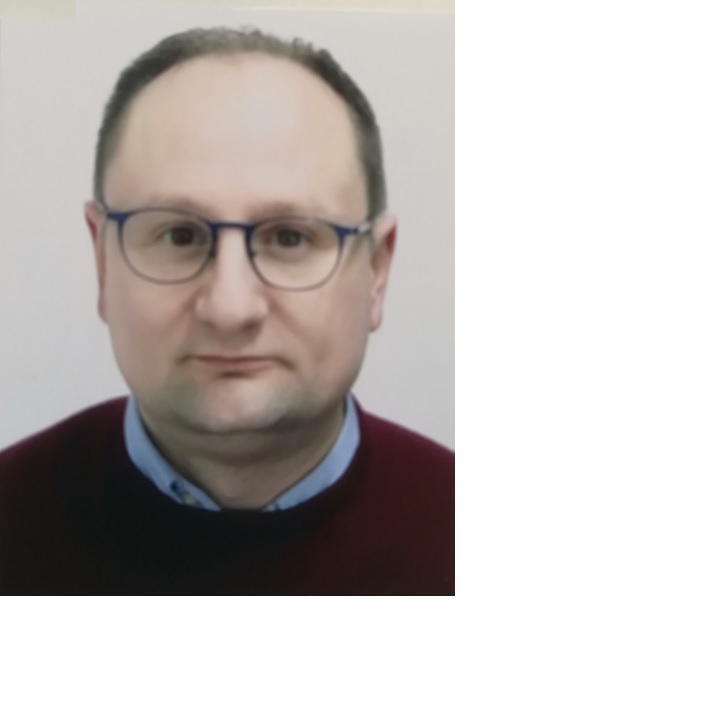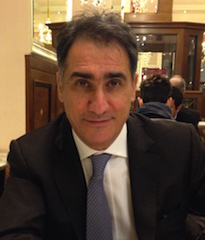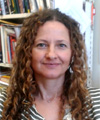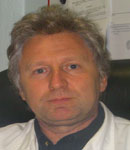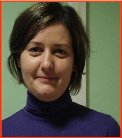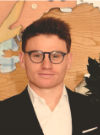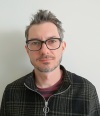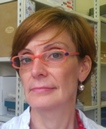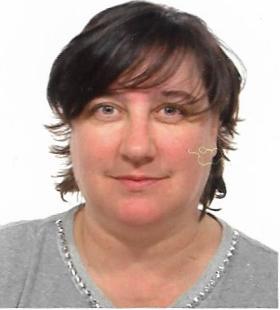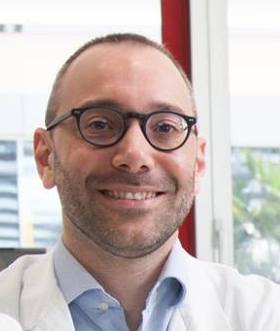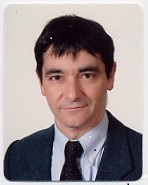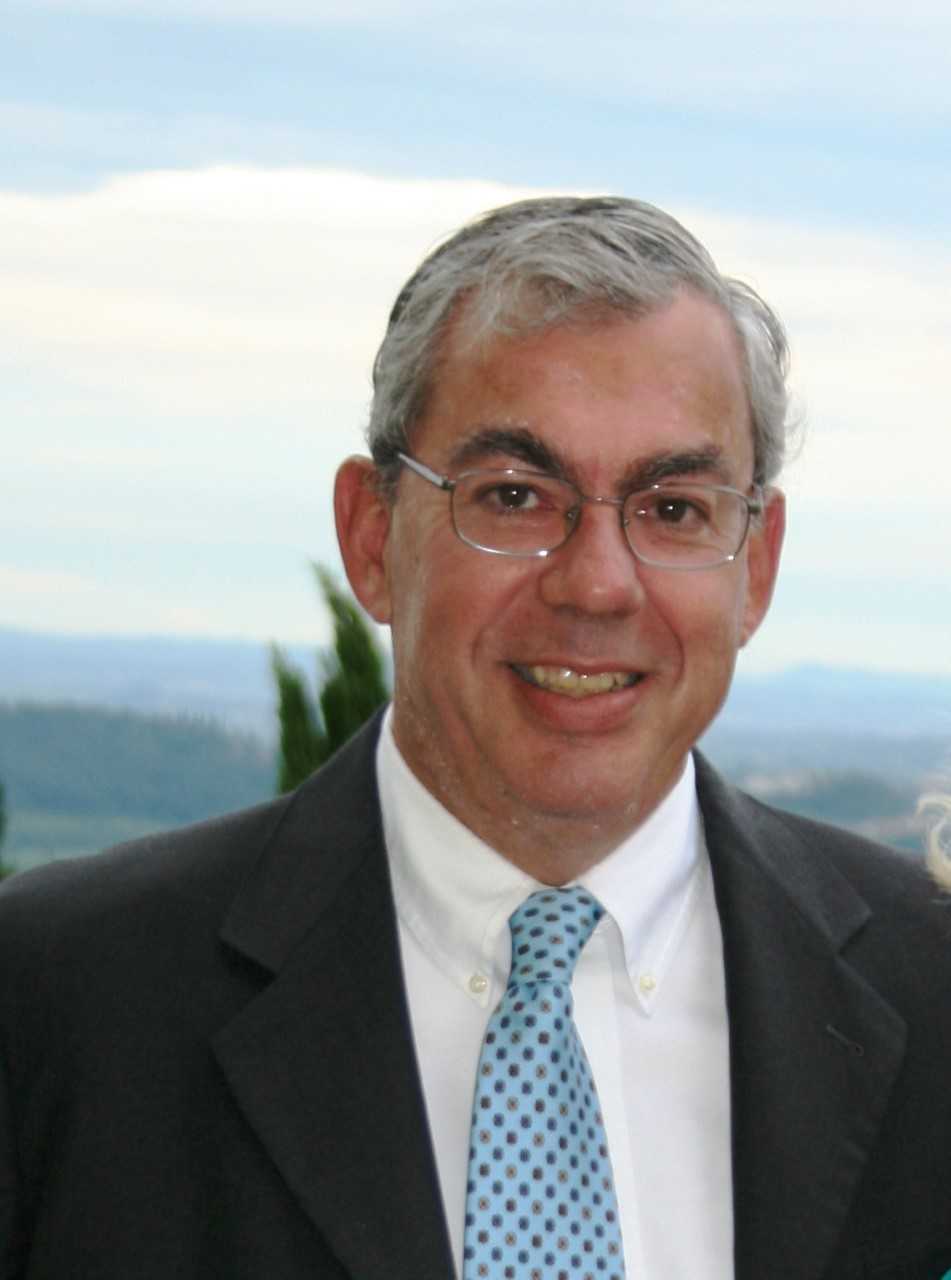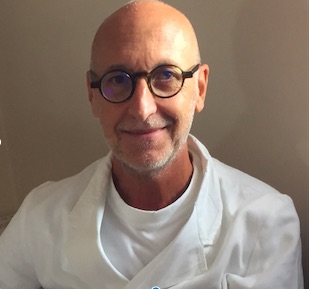Studying at the University of Verona
Here you can find information on the organisational aspects of the Programme, lecture timetables, learning activities and useful contact details for your time at the University, from enrolment to graduation.
Academic calendar
The academic calendar shows the deadlines and scheduled events that are relevant to students, teaching and technical-administrative staff of the University. Public holidays and University closures are also indicated. The academic year normally begins on 1 October each year and ends on 30 September of the following year.
Course calendar
The Academic Calendar sets out the degree programme lecture and exam timetables, as well as the relevant university closure dates..
| Period | From | To |
|---|---|---|
| 1 SEMESTRE PROFESSIONI SANITARIE | Oct 2, 2023 | Dec 22, 2023 |
| 1° e 2° semestre (corsi annuali) PROFESSIONE SANITARIE | Oct 2, 2023 | Sep 30, 2024 |
| 2 SEMESTRE PROFESSIONI SANITARIE | Jan 2, 2024 | Sep 30, 2024 |
| Session | From | To |
|---|---|---|
| ORT SESSIONE INVERNALE | Jan 8, 2024 | Feb 23, 2024 |
| ORT SESSIONE ESTIVA | Jul 1, 2024 | Jul 31, 2024 |
| ORT SESSIONE AUTUNNALE | Sep 2, 2024 | Sep 30, 2024 |
| Session | From | To |
|---|---|---|
| ORT PRIMA SESSIONE | Oct 21, 2024 | Nov 22, 2024 |
| Period | From | To |
|---|---|---|
| Festa di Ognissanti | Nov 1, 2023 | Nov 1, 2023 |
| Festa dell'Immacolata | Dec 8, 2023 | Dec 8, 2023 |
| Vacanze di Natale | Dec 24, 2023 | Jan 1, 2024 |
| Vacanze di Pasqua | Mar 30, 2024 | Apr 1, 2024 |
| Festa della Liberazione | Apr 25, 2024 | Apr 25, 2024 |
| Festa del Lavoro | May 1, 2024 | May 1, 2024 |
| Festività del Santo Patrono: San Zeno | May 21, 2024 | May 21, 2024 |
| Description | Period | From | To |
|---|---|---|---|
| ORT TIR 1° 2° 3° ANNO | ORT TIR 1° 2° 3° ANNO | Feb 5, 2024 | Sep 30, 2024 |
Exam calendar
To view all the exam sessions available, please use the Exam dashboard on ESSE3. If you forgot your login details or have problems logging in, please contact the relevant IT HelpDesk, or check the login details recovery web page.
Should you have any doubts or questions, please check the Enrollment FAQs
Academic staff
 elena.antelmi@univr.it
elena.antelmi@univr.it
 elisa.artegiani@univr.it
elisa.artegiani@univr.it
 christian.geroin@univr.it
christian.geroin@univr.it
 daniela.pianezzi@univr.it
daniela.pianezzi@univr.it
Study Plan
The Study Plan includes all modules, teaching and learning activities that each student will need to undertake during their time at the University.
Please select your Study Plan based on your enrollment year.
1° Year
| Modules | Credits | TAF | SSD |
|---|
2° Year It will be activated in the A.Y. 2024/2025
| Modules | Credits | TAF | SSD |
|---|
3° Year It will be activated in the A.Y. 2025/2026
| Modules | Credits | TAF | SSD |
|---|
| Modules | Credits | TAF | SSD |
|---|
| Modules | Credits | TAF | SSD |
|---|
| Modules | Credits | TAF | SSD |
|---|
Legend | Type of training activity (TTA)
TAF (Type of Educational Activity) All courses and activities are classified into different types of educational activities, indicated by a letter.
Mechanics, technology and design Coordinator: Pellegrini Luca (2024/2025)
Teaching code
4S009045
Credits
8
Language
Italian
Courses Single
AuthorizedThe teaching is organized as follows:
DISEGNO ASSISTITO AL CALCOLATORE, PROTOCOLLI CAM
Credits
3
Period
1 SEMESTRE PROFESSIONI SANITARIE
Academic staff
Not yet assigned
MECCANICA E SISTEMI MECCANICI
Credits
3
Period
1 SEMESTRE PROFESSIONI SANITARIE
Academic staff
Not yet assigned
TECNOLOGIE DEI MATERIALI
Credits
2
Period
1 SEMESTRE PROFESSIONI SANITARIE
Academic staff
Not yet assigned
Learning objectives
Acquire electronics skills -with specific reference to computer-assisted design- knowing how to apply it to the computer-assisted design and construction of orthoses. Acquiring the main notions on the structure and behavior of materials of specific interest, as well as on the mechanisms of degradation in the specific conditions of use. Analytical description of a CAD-CAM system components, COMPUTER ASSISTED DRAWING, CAM PROTOCOL: The CAD-CAM system is based on the following principles: taking measurements, computer styling and manufacturing using a NC milling machine. The main advantage of making orthoses and prostheses is the speed of execution. Secondly, the immediate visualization of the virtual cast. Lastly, the possibility of archiving all data makes the work of the orthopedic technician faster and more professional. CAD CAM processing has allowed a reduction of manufacturing times, as well as the possibility to rework the device without losing previous data and the reproducibility of results that would be otherwise impossible to get. MECHANICAL ENGINEERING AND MECHANICAL SYSTEMS: Students acquire methods for the conception, design and structural verification of mechanical systems supported by computer simulations of manufactured goods. Dealing with the mechanical, hydraulic and servo-hydraulic systems used for the execution of static and dynamic fatigue tests, useful for the evaluation of orthoprosthetic systems on stress resistance. MATERIALS TECHNOLOGIES: Introduction to materials technology. Crystal structure and geometry. Solidification, crystalline defects and distribution in solids. Plastic deformation, recovery and recrystallization. Processing and mechanical properties of metals. Metallic materials: production and thermal treatments. Polymeric materials: polymerization, processing, deformation and stiffening. Composite materials: fibers and manufacturing processes. Corrosion and protection of materials
Career prospects
Module/Programme news
News for students
There you will find information, resources and services useful during your time at the University (Student’s exam record, your study plan on ESSE3, Distance Learning courses, university email account, office forms, administrative procedures, etc.). You can log into MyUnivr with your GIA login details: only in this way will you be able to receive notification of all the notices from your teachers and your secretariat via email and soon also via the Univr app.
Gestione carriere
Graduation
Orario lezioni
La frequenza in aula delle lezioni è prevista per tutti i Corsi di Studio e per tutti i relativi anni;
• le attività pratiche si svolgono in presenza;
• è assicurata la registrazione e la pubblicazione immediata delle lezioni per un tempo limitato e comunque non inferiore a un mese, consentendo così a studentesse e studenti che non riescono a frequentare in presenza per limiti logistici e/o per il principio di turnazione sopra menzionato di fruirne.
Le studentesse e gli studenti con esigenze 2 specifiche (disabilità e DSA) che dovessero aver bisogno di maggiore tempo per la consultazione delle lezioni registrate potranno contattare l’UO Inclusione e Accessibilità per farne richiesta;
• studentesse e studenti devono obbligatoriamente prenotare il posto in aula;
• è data priorità di accesso all’aula alle seguenti categorie: o studentesse e studenti con esigenze specifiche, per facilitare l’apprendimento che potrebbe essere più difficile se impartito a distanza; o studentesse e studenti internazionali, perché vengono appositamente dall’estero per seguire i nostri corsi.
In allegato gli orari del secondo semestre
Documents
| Title | Info File |
|---|---|
|
|
pdf, it, 265 KB, 13/02/24 |
|
|
pdf, it, 183 KB, 09/04/24 |
|
|
pdf, it, 179 KB, 08/05/24 |
Tirocinio professionalizzante
Durante l'esperienza di tirocinio la supervisione dello studente è garantita da un sistema di tutorato articolato su 2 o 3 livelli e, di norma, assunto da operatori dello stesso profilo professionale degli studenti:
Tutor professionale con competenze avanzate sia pedagogiche che professionali; collabora all'organizzazione e gestione dei tirocini, alla progettazione e conduzione di laboratori di formazione professionale. Seleziona le opportunità formative, integra l'esperienza pratica con la teoria appresa, presidia in particolare le prime fasi di apprendimento di un intervento o di una competenza. Si occupa dei processi di apprendimento degli studenti in difficoltà, facilita i processi di valutazione dell'apprendimento in tirocinio e tiene i rapporti con le sedi di tirocinio. I Tutor Professionali sono scelti in accordo con le strutture sanitarie presso cui si svolge l'attività formativa e assegnati con incarichi triennali alla struttura didattica.
Guida di Tirocinio/tutor clinico è l'operatore che guida lo studente nella sede di tirocinio mentre svolge le sue normali attività lavorative. E' garante della sicurezza dello studente e degli utenti, vigila affinché gli utenti ricevano una prestazione di qualità anche quando essa venga delegata agli studenti, si assicura che gli stessi siano informati e diano il loro consenso ad essere assistiti da uno studente.
Al termine di ciascun anno di corso viene effettuata una valutazione certificativa per accertare i livelli raggiunti dallo studente nello sviluppo delle competenze professionali attese.
Per ulteriori informazioni consultare la pagina del servizo



 045 812 6731
045 812 6731
